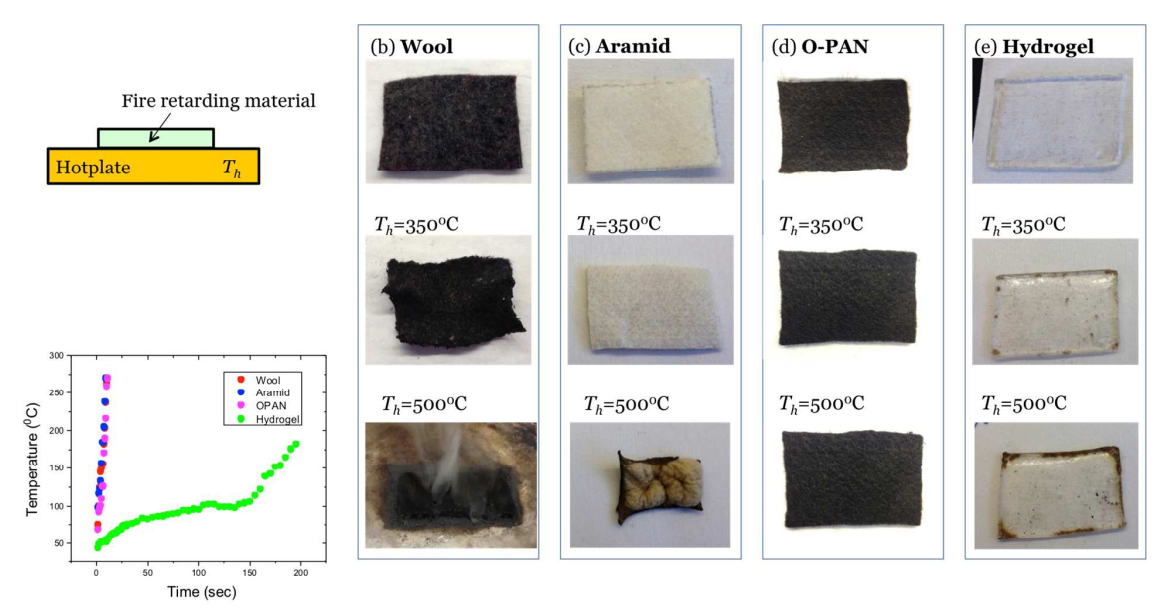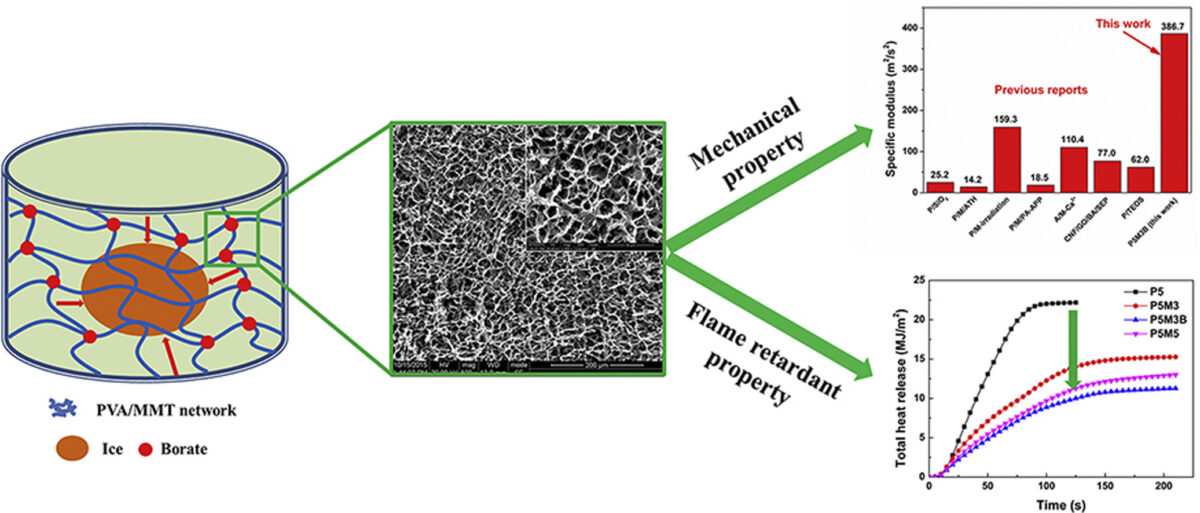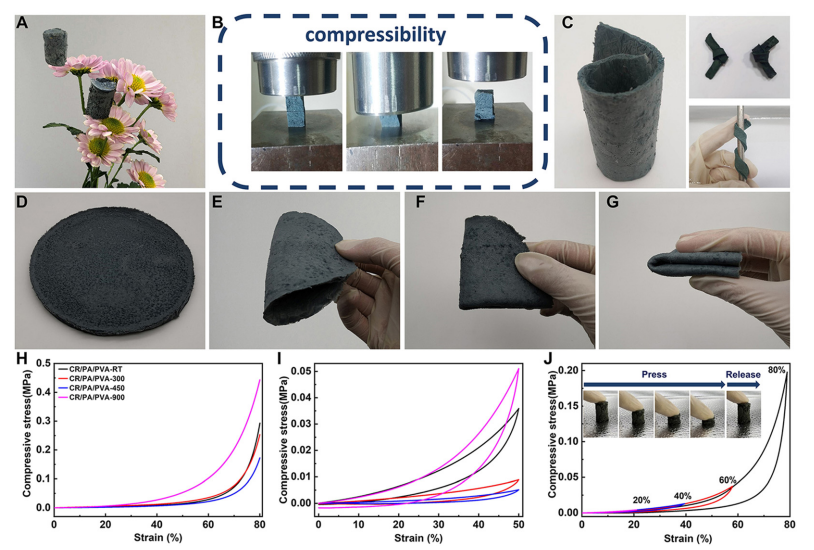Next-Gen Flame Retardants: Hydrogels & Aerogels

The emergence of hydrogel and aerogel-based flame-retardant polymeric materials marks new and innovative options in fire safety and protection.
Henri Vahabi and his team’s review article for the SPE Journal of Vinyl and Additive Technology thoroughly explores this cutting-edge concept, revealing its makeup, capabilities, and potential future developments of these innovative materials.
Hydrogel-based Flame-Retardant Materials
Hydrogel flame-retardants are crafted using innovative, low-cost, and non-toxic methods, primarily focusing on enhancing fire safety. The fundamental principle behind hydrogel flame retardants involves water absorption. This absorbed water acts as a cooling agent in the condensed phase through endothermic evaporation and as a diluting agent in the gas phase. However, hydrogels are organic materials with relatively low thermal stability, needing improvements in their thermal stability and flame retardancy properties. This can be achieved by Modifying the hydrogel with silica-based materials such as basalt fibers, intumescent flame retardants such as ammonium polyphosphate (APP), gel fire extinction materials such as WG (water, glass, and sodium silicate) gel. Recently, researchers have applied nanotechnology-based approaches, including the adsorption of nanoparticles and the application of nano-coatings, to impart flame retardancy to fabrics.
For example, the study “Fire-resistant hydrogel-fabric laminates: a simple concept that may save lives” demonstrated impressive results with a polyacrylamide-alginate hydrogel, enhancing flame retardancy in various textiles like wool, aramid, and O-PAN.

Hydrogel Flame-Retardant assessment. Courtesy of Fire-Resistant Hydrogel-Fabric Laminates: A Simple Concept That May Save Lives.
Engineering of Aerogel Flame Retardant
Aerogels, known for their superinsulation properties, are incredibly lightweight synthetic porous materials. Manufacturers create them by substituting the liquid part of a gel with a gas, leading to a highly porous structure distinguished by properties like low thermal conductivity. Also, the incorporation of nanomaterials and flame retardants has been developed to reduce this challenge. Building on this concept, the study “Robust and fire-retardant borate-crosslinked poly (vinyl alcohol)/montmorillonite aerogel via melt-crosslink” investigated the flame retardancy of PVA containing montmorillonite (MMT) and crosslinked by a borax solution with promising results.

Aerogel Flame-Retardant assesment. Courtesy of Robust and fire retardant borate-crosslinked poly (vinyl alcohol)/montmorillonite aerogel via melt-crosslink.
On the other hand, researchers conducted a related study “A nano clay-based 3D aerogel framework for flexible flame retardants”. This aerogel, designed for use in green advanced buildings and soft decoration, demonstrates superior compressibility and flexibility, which are challenging to achieve in flame-retardant materials. It features an interpenetrating three-dimensional network structure using cellulose-dispersed nano clay as both a structural skeleton and a flame-retardant component. The addition of organic components enhances its flexibility and resilience, making this aerogel a notable advancement in flame-retardant technology. This development indicates significant progress in combining high flame retardancy with desirable physical properties in aerogel materials.

Aerogel Flame-Retardant assesment. Courtesy of A nanoclay-based 3D aerogel framework for
flexible flame retardants.
Hydrogels and Aerogels Perspective in Flame Retardants
In conclusion, Vahabi et al.’s extensive review highlights significant advancements in material science. This opens up new frontiers in fire safety technology as ongoing research and development shape hydrogel, and aerogel-based flame-retardant polymeric materials.
